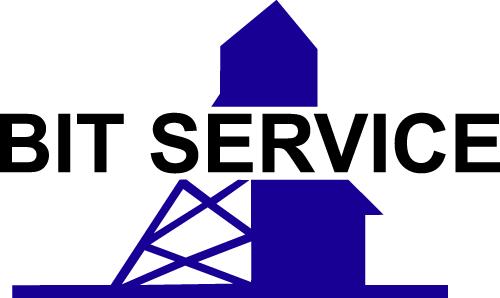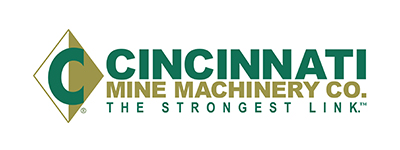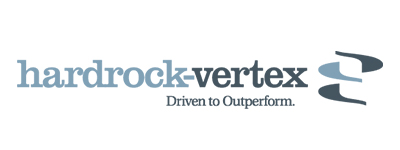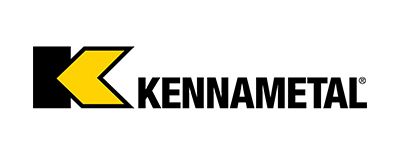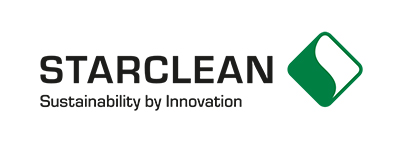At Bit Service, we are staunch supporters of the “lean maintenance” mentality. This means that we have adopted a mindset that focuses on being proactive in our approach to maintenance. This attitude reveals itself in our action steps, like performing regularly scheduled maintenance and preventative maintenance tasks, including conveyor belt maintenance—all of which helps to ensure that our operation runs smoothly and seamlessly, with as few snags as possible.
WHAT EXACTLY IS LEAN MAINTENANCE?
Lean maintenance is a type of proactive maintenance that applies lean applications to equipment management. It’s is set up to minimize the cost and effort required for preventive maintenance. Lean maintenance ultimately saves a manufacturer/company tons of money. It also prevents headaches via costly repairs and shutdown times.
A nod to its name, the concept of being lean has the ultimate goal of trimming away all unnecessary actions (such as maintenance repairs and extra steps). Typically , when we think “lean” in manufacturing, we’re thinking about producing products with zero waste and zero defects.
In maintenance when we think lean, we’re avoiding costly downtime. That means implementing preventative maintenance, or PM programs.
Preventive maintenance is preferred by roughly 80% of maintenance personnel, according to upkeep.com. Statistics reveal that 80% of manufacturing plants also use preventive maintenance, and more than 50% use predictive maintenance with analytical tools.
This smarter way of conducting operations makes sense and has become a necessity, as the statistics reveal PM is needed. Case in point: It is estimated that roughly 10% (and maybe even less) of industrial equipment ever actually wears out, meaning a large portion of mechanical failures are avoidable. But to avoid (or prevent) them (hence, the name), preventative measures—and maintenance—must be added to the equation.
THREE MAIN PRINCIPLES OF LEAN MAINTENANCE
Grounded in Total Productive Maintenance (TPM), which is a strategy that maximizes effectiveness through workers from all levels of the organization involved in maintenance and reliability initiatives, lean maintenance is founded on three main philosophies:
- 5S PRINCIPLE
THIS METHODOLOGY, WHICH WAS MADE POPULAR BY TOYOTA TO REDUCE WASTE IN ITS FACILITIES, INCLUDES PRINCIPLES FOR CREATING A LOGICAL ORDER TO THE WORKPLACE: ELIMINATING UNNEEDED MATERIALS, PUTTING EVERYTHING IN ITS PROPER PLACE, AND STANDARDIZING UPKEEP PRACTICES.
2. AUTONOMOUS MAINTENANCE
Autonomous maintenance gives machine operators the responsibility to perform basic maintenance tasks instead of relying on a dedicated maintenance technician. This gives operators more control and authority while allowing maintenance personnel to focus on their energies and expertise on more complex maintenance work.
3. CONTINUOUS IMPROVEMENT
Continuous improvement is the ongoing upgrades of products, services, or processes via incremental improvements. Ideally, this eliminates breakdowns and unnecessary downtime for repairs.
Lean maintenance puts these philosophies into practice to minimize costs while increasing the reliability of equipment and systems.
Unsurprisingly, we’re not alone in the adoption of this logical and effective approach, as many in the industry have also discussed the merits of lean maintenance. A favorite quote of ours comes from author and speaker John Wooden, who once said: “If you don’t have time to do it right, you must have time to do it over.”
In a nutshell, Wooden means: Do the job right the first time (and maintain that stasis) or pay the consequences, which in mining’s case involves a wealth of lost time, wasted resources, additional time and labour, and missed revenue from having to do it all over.
